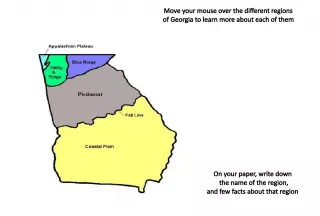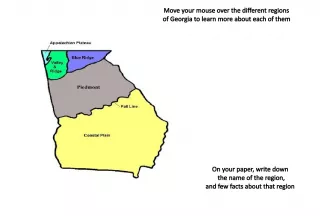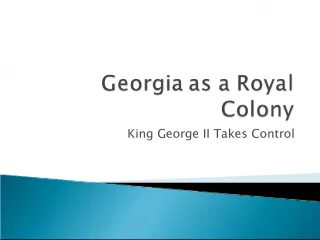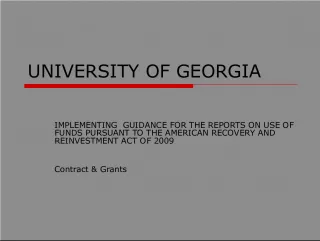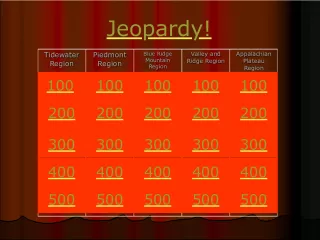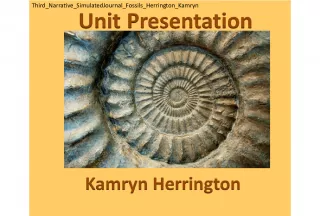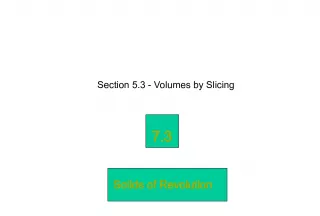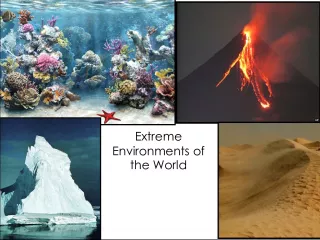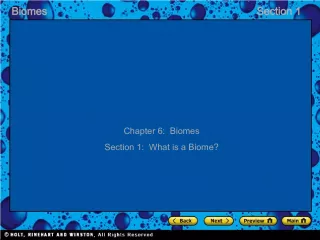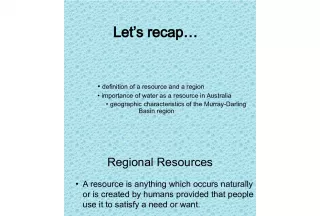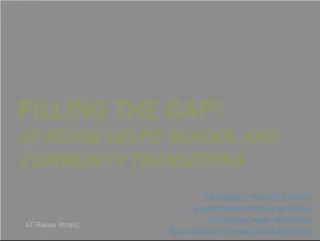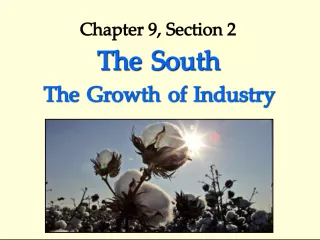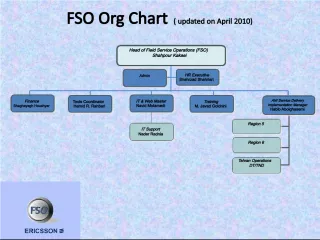The 5 Regions of Georgia


In this informative piece, Jake and Scott Schaffer explore the 5 regions of Georgia, as taught by Mrs. Stephens in Periods 2 and 7. The first region they cover is
- Uploaded on | 2 Views
-
 claraolsen
claraolsen
About The 5 Regions of Georgia
PowerPoint presentation about 'The 5 Regions of Georgia'. This presentation describes the topic on In this informative piece, Jake and Scott Schaffer explore the 5 regions of Georgia, as taught by Mrs. Stephens in Periods 2 and 7. The first region they cover is. The key topics included in this slideshow are . Download this presentation absolutely free.
Presentation Transcript
Slide1The 5 Regions of Georgia! The 5 Regions of Georgia! By: Jake and Scott Schaffer By: Jake and Scott Schaffer Periods 2 and 7 Periods 2 and 7 Mrs. Stephens Mrs. Stephens
Slide3Coastal Plains Coastal Plains • Vegetation – soil is not fertile. It consist of sand and clay. Areas are poorly drained and swampy. Only pine trees and brush can survive in this region. • Climate - hot summers/ mild winters • Agriculture – turpentine. The land is used for pasture.
Slide4Coastal Plains 2 Coastal Plains 2 • Industry – pecans, paper, pulp, peaches • Natural resources – groundwater, timber • Major towns and cities – Albany, Savannah, Macon, Columbus, Augusta, Fort Valley, Valdosta
Slide5Coastal Plains 3 Coastal Plains 3 • Tourist attractions – Okefenokee National Wildlife Refuge, Reed Bingham State Park, and the Colquitt County Arts Center. • Rivers – Satilla, Canoochee, Ohoopee, Brier, Altamaha, Ocmulgee • Lakes – Lake Blackshear, Lake Walter George, Lake Seminole
Slide7PiedmontPiedmont • Vegetation - oak, hickory, pine forests and mixed deciduous forests. Short–leaf pine, and loblolly pine. Sweet gum, beach, red maple, elms, and birches. • Climate - hot summers/ mild winters • Agriculture - cotton, soybeans, and wheat.
Slide8Piedmont 2 Piedmont 2 • Industry - granite, textiles, farming, poultry. • Natural Resources - surface water- reservoirs, streams, rivers, etc. • Major Towns and Cities - Atlanta, Marietta, Roswell, Athens, East Point.
Slide9PP i i e e d d m m o o n n t t 3 3 • Tourist Attractions - Six Flags, White Water, Stone Mountain, Georgia Aquarium, Zoo Atlanta. • Rivers - Chattahooche, Yellow River, Ogeechee River, Apalachee River, Flint River. • Lakes - Lake Oconee, Lake Jackson, Lake Sulieffe, Lake Sinclair.
Slide10Blue Ridge Blue Ridge • V e g e t a t i o n – o a k a n d h i c k o r y • C l i m a t e – m i l d s u m m e r s / c o l d w i n t e r s . T h e r e a r e g r e a t a m o u n t s o f r a i n f a l l . • A g r i c u l t u r e – a p p l e s , c o r n , a n d o t h e r v e g e t a b l e s . T h e g r o w i n g s e a s o n v a r i e s f r o m 2 1 0 d a y s a n d 1 8 0 d a y s d e p e n d i n g o n w h e r e y o u a r e i n t h e r e g i o n .
Slide11Blue Ridge 2 Blue Ridge 2 • I n d u s t r y – m a r b l e , g o l d c o i n s • N a t u r a l r e s o u r c e s – s u r f a c e w a t e r , h a r d w o o d t i m b e r , m a r b l e • M a j o r t o w n s a n d c i t i e s – C l a y t o n , B r a s s t o w n B a l d , D a h l o n e g a , B l u e R i d g e
Slide12BB l l u u e e R R i i d d g g e e 3 3 • Tourist attractions – Brass Town Bald, Springer Mountain (it is the beginning of the App. Trail), panning for gold • Rivers – Nottely River, Tugaloo River, Hestatee River • Lakes – Lake Nottely, Lake Blue Ridge, Lake Lanier, Lake Chatuge
Slide13RR i i d d g g e e a a n n d d V V a a l l l l e e y y • Vegetation - the sandstone ridges are forest-covered. Plant species very from area to area, based on local soil type, elevation, moisture, and disturbances. • Climate - mild summers/mild winters • Agriculture - Valley floors are used for farming and pasture. Has an average growing season of 210 to 220 days. Corn, soybeans, wheat, cotton, and other crops, are grown in this area. Much of the land is used for harvesting hardwood and pine timber.
Slide14Ridge and Valley 2 Ridge and Valley 2 • Industry - textiles, carpets (Dalton is the carpet capital of the world). • Natural Resources - surface water, different sedimentary deposits. • Tourist Attractions - Chickamaugu Valley, Amuchee Ridges, and the Great Valley.
Slide15RR i i d d g g e e a a n n d d V V a a l l l l e e y y 3 3 • R i v e r s - C o n a s a u g u R i v e r , C o o s a w o t t e e R i v e r , O o s t a n a u l a R i v e r . • L a k e s - L a k e A l l a t o o n a , C a r t e r s L a k e • M a j o r T o w n s a n d C i t i e s - D a l t o n , R o m e , R i n g g o l d , C h a t s w o r t h .
Slide16Appalachian Plateau Appalachian Plateau • Vegetation – Oak forests cover most of the province. Forests on north side include basswood, sugar maple, tulip poplar, beech, birch, and hemlock. The under story may include rhododendrons, native azaleas, and mountain laurel. • Climate – mild summers/mild winters • Agriculture – Land is primarily used for hardwood forest and pasture, although a small amount of corn and soybeans is grown here.
Slide17AA p p p p a a l l a a c c h h i i a a n n P P l l a a t t e e a a u u 2 2 • I n d u s t r y – c o a l i n d u s t r i e s • N a t u r a l r e s o u r c e s – s u r f a c e w a t e r , t i m b e r , c o a l • M a j o r C i t i e s a n d T o w n s – L a F a y e t t e , T r e n t o n , F o r t O g l e t h o r p e
Slide18Appalachian Plateau 3 Appalachian Plateau 3 • Tourist attractions – Cumberland Plateau : Sand Mountain and Lookout Mountain. East of Lookout Mountain is the thumb-like Pigeon Mountain. • Rivers – Chattooga River • Lakes - none
